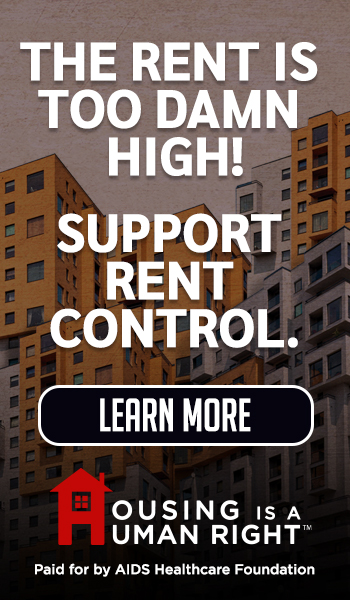Comments
CLEAN WATER FOR LA - LA County is experiencing a watershed moment, literally. The county is transitioning its Safe Clean Water Program into a more intentional phase where it is zeroing in on the specific needs and conditions in each of the county’s nine watersheds. It is also partnering with local non-profits to improve community involvement in the process.
Now in its seventh year, the voter-approved, taxpayer-funded Safe Clean Water Program has made meaningful initial strides. The program brings in $280 million every year to make the most of every drop of rain that falls in LA County. These funds are intended to pay for projects that make LA’s water supplies more resilient, improve water quality, reduce flood risk and urban heat island impacts, and expand access to green space.
The program can already point to many successes. It helped bring dozens of shovel-ready stormwater capture projects over the finish line in its initial rounds of funding, spending over $1 billion to reduce flood risk, reduce runoff pollution, and otherwise improve the region’s climate resilience. But for the program to reach its full potential, these dollars must be spent strategically where they will provide the most benefit. The current shift toward a more proactive approach to identify the highest priority projects is an important step toward making this a best-in-class stormwater capture program.
But for this ambitious program to reach its full potential, it must set more meaningful targets to reduce the amount of impermeable surface – like asphalt and concrete – around the county and set specific, aggressive targets to increase park space and green our schoolyards. Even with a more deliberate shift to watershed-based planning, the program continues to downplay the importance of leaning into nature-based solutions as a priority strategy for reaching its big-picture goals.
Our region swings from drought and deluge, and climate change is intensifying these cycles. Because so much of the region is paved over, when the weather is dry, the sun reflects off these hard surfaces and creates urban heat islands, with very few trees and other plant material to provide shade and absorb the heat. When it rains, stormwater runoff gushes across the hardscape into storm drains, washing pollutants into creeks and out to the ocean.
We know that stormwater that is filtered by soil and plants carries less pollution and has a chance to soak into the ground to recharge groundwater supplies. And adding more greenspace strategically can cool down schools and neighborhoods, reduce flooding, and keep our waterways cleaner while also recharging groundwater.
Partnering with organizations like Accelerate Resilience LA, Los Angeles Waterkeeper, and many other local non-profits and community-based organizations, the program is learning more from community members about what kinds of projects are needed where. In some areas, that might include turning vacant parking lots into parks; improving drainage in spots that flood every time it rains in order to reduce dangers to public safety while capturing that stormwater; or building living schoolyards in park-poor neighborhoods to reduce summer heat islands while improving students’ mental health and academic performance during the school year.
By sharpening its focus on how to create the most benefit in each of the county’s nine watersheds – each of which has distinct soil types, water drainage patterns, and community needs and opportunities – the program will be able to provide the most bang-for-buck from this taxpayer-funded program. A more deliberate approach also opens more opportunity to fund community-driven projects that are led by smaller organizations instead of mostly funding projects brought forward by cities and other public agencies primarily aimed at meeting their regulatory water quality requirements.
In collaboration with the program’s leaders, LA Waterkeeper just wrapped up a series of community workshops that brought together tribes, community-based organizations, non-governmental organizations, municipalities, and academia to identify each watershed’s most promising multi-benefit stormwater capture opportunities. And Accelerate Resilience LA has developed a Living Infrastructure Field Kit, an interactive tool available to the public where community members can identify infrastructure needs – including opportunities for pocket parks, bioswales and other stormwater capture options – right in their own neighborhoods. These types of collaborations will help the Safe Clean Water Program to prioritize community-led projects, in the places with the most need and with the best opportunities for benefits.
Voters approved funding for the SCWP and agreed to be taxed in perpetuity to fund the program because they recognized the need to transform seasonal rainfall into a reliable, clean, local water supply for LA. With the program’s most recent improvements, we’re moving closer to that essential goal. But there’s more work to be done.
(Bruce Reznik is executive director of Los Angeles Waterkeeper.)















